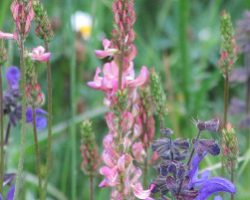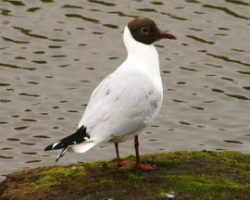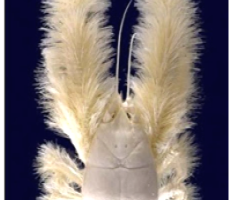Bioscience to Biosecurity; the Policy Lates talks
Policy Lates is a discussion series from the Society of Biology‘s policy team, held at our HQ at Charles Darwin House. We bring a panel of experts together for an informal debate on a contemporary science policy topic, with lots of time for audience questions and convivial discussions. In July 2013, Policy Lates looked into the issue of biosecurity in the life sciences, and the potential for intentional or accidental harm coming from new technologies and discoveries. Talks from the debate, entitled ‘Bioscience to bioweapons: how do we benefit from open dual-use research whilst avoiding misuse?’, are now available: Professor Malcolm Dando FSB (Chair) Professor of International Security, Division of Peace Studies, School of Social and International Studies, University of Bradford. Professor Wendy Barclay Chair in Influenza Virology, Department of Medicine, Imperial College London. Daniel Grushkin Freelance journalist; vice-president and co-founder of Genspace community biology laboratory, New York….





